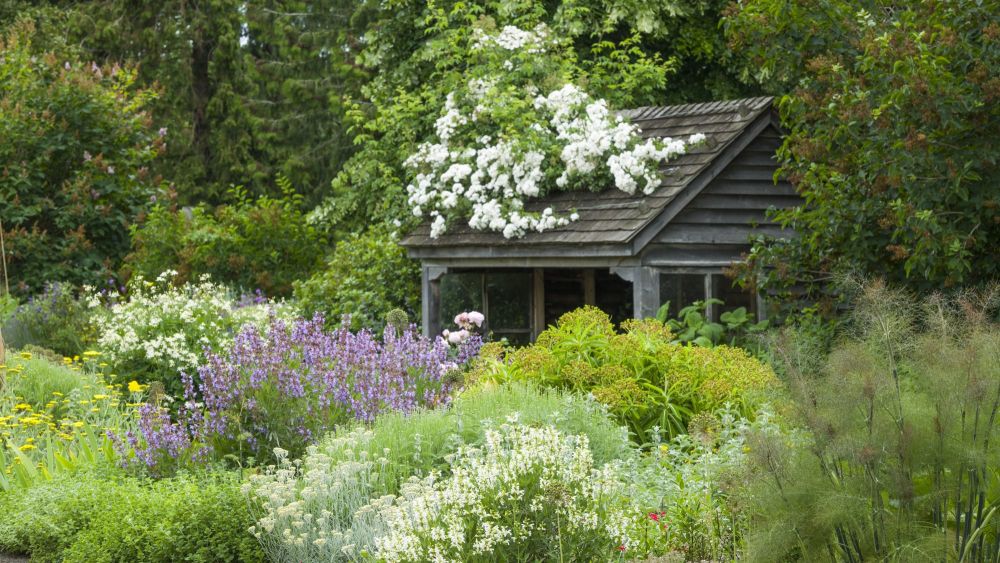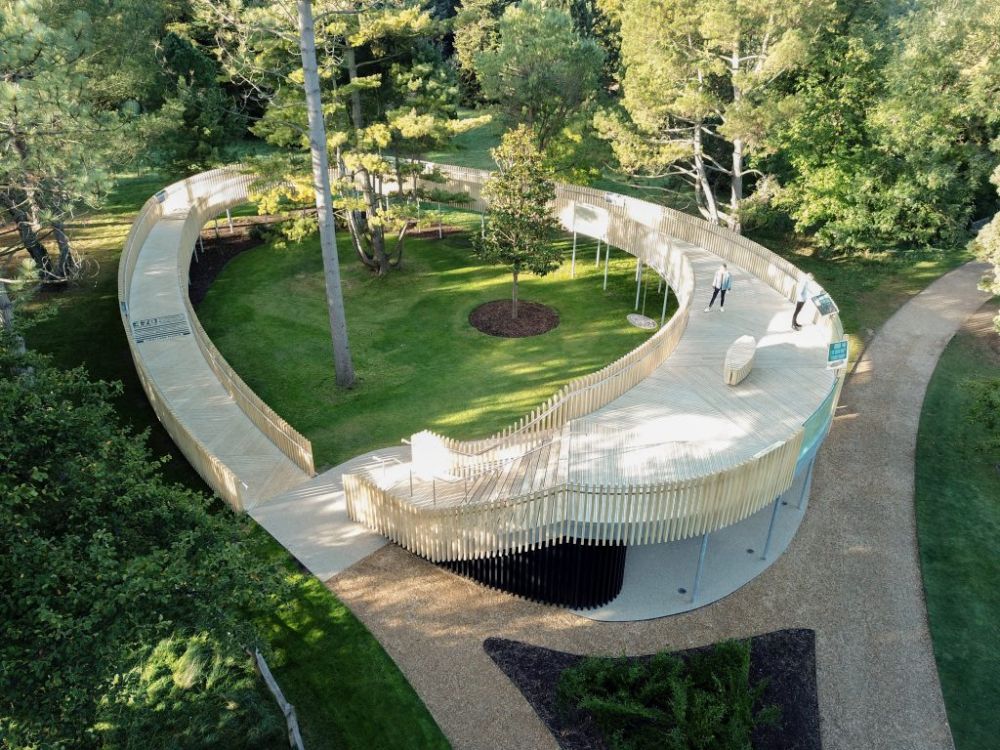The University of Cambridge has many institutions, but its Botanic Garden is particularly beautiful. Unlike the other University museums, admission to the Cambridge University Botanic Garden is charged. However, I believe it’s worth paying the fee to enjoy a few hours in this stunning location.
History of Cambridge University Botanic Garden
The Cambridge University Botanic Garden was established in 1762 at the heart of Cambridge as a physic garden. Its purpose was to cultivate plants for the University’s medical students to study botany for their future work. Later, John Stevens Henslow, who served as Professor of Botany at Cambridge from 1825 to 1861, relocated the garden to its current location. His ideas about variation and the nature of species caught the attention of one of his famous students, Charles Darwin.
Henslow was a young 29-year-old man when he became the chair of Botany, a position that was in decline along with the botanical garden. However, he managed to persuade the University to allocate more space for the study of new species of trees that had arrived in Europe from North America. His goal was not only to study plants for medicinal purposes but also to understand plants as a whole.
The first curator, Andrew Murray, designed a circular path that surrounded the garden, which was divided in two by the east/west axis of the Main Walk. The Main Walk was a beautiful avenue adorned with majestic conifers. At that time, the garden already had a lake and a greenhouse. The garden’s expansion was so rapid that by 1850, Murray’s published catalogue already contained 5,500 plants.

What to see at Cambridge University Botanic Garden
The layout of Murray’s design has remained virtually unchanged, and still graces the Cambridge University Botanic Garden today. Notable additions to this stunning garden include the Glasshouses and the Limestone Rock Garden, which add unique character and charm to the already captivating landscape. These are just a few of the many highlights that make the Cambridge University Botanic Garden a must-see destination for nature and garden enthusiasts alike.
Lake
The scenic lake, which is one of the most beautiful parts of the garden, was created by using a gravel pit located in the cornfield where the garden now stands. This was done in order to provide a suitable habitat for aquatic plants to grow. Inside the lake, there is a small peninsula which houses the Bog Garden. This is a shady and marshy area that provides a very humid climate which is suitable for the growth of plants such as bamboo.
Limestone Rock garden
The Limestone Rock Garden is situated towards the north of the lake. It was established in the mid-1900s using rocks from Cumbria, some of which weighed over three tonnes. The garden was designed to provide a suitable environment for growing alpine plants, which have been subdivided based on their origin from various continents.
Glasshouses
The glasshouses are home to a range of plants, from those that can survive in high altitudes to tropical trees. Their purpose is to showcase the adaptability of plants in different environmental habitats.
The Mountains House is where you can find alpine species, while the Continents Apart House highlights the similarities in flora between South Africa and southwestern Australia. The stunning Palm House in the centre is dedicated to rainforest plants.
Bee borders
Two borders have been created in front of the greenhouses using a variety of the bees’ favourite flowers. The borders feature a range of shapes and colours that evoke the style of country cottage gardens. Bees are particularly attracted to blue, mauve, and violet flowers, which are clearly visible in the borders.
The nectar from these flowers provides bees with energy, while the pollen gives them the necessary protein. The Bee Borders include plants that flower from March until autumn, providing food in the season when bees seek nourishment.

Rising Path and Systematic Beds
This is a raised circular walkway constructed in 2018 that offers a bird’s eye view of the Systematic Beds. The Systematic Beds were designed by Andrew Murray and are one of the earliest attractions developed when the gardens were relocated to their current location in the mid-1800s. They are used to teach plant classification to University students and showcase the division between monocotyledonous plants (grown in the center) and dicotyledonous plants.
Scented Garden
The Scented Garden was established in 1960 with the purpose of showcasing the variety of scents and odours produced by plants, which can either attract pollinating insects or repel pests. It contains a vast array of herbs used commonly in cooking, including sage, thyme, and rosemary.
Fountain
The Botanical Garden’s fountain is a recent addition consisting of seven large water lily-shaped dishes that are placed at varying heights. It is a popular attraction for young visitors.
Cambridge University Botanic Garden
1 Brookside, Cambridge CB2 1JE
I absolutely recommend visiting Cambridge University Botanic Garden, it really is a must-see attraction. Feel free to share your thoughts in the comments.

